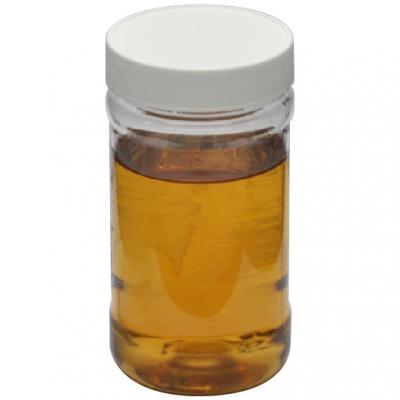Long-term defoaming is also called anti-foaming. The length of anti-foam time is the main indicator of the quality of the defoaming agent. In most cases, we use the defoaming agent to take advantage of its anti-foaming properties, instead of the initial defoaming properties. Foam breakers, foam inhibitors and defoamers are collectively referred to as defoaming agents.
The defoaming agent must be a liquid that is easy to spread on the surface of the solution. When this kind of liquid spreads on the surface of the solution, it will take away a layer of solution adjacent to the surface, making the liquid film thin locally, so the liquid film ruptures and the foam is destroyed. In general, the faster the defoaming agent spreads on the surface of the solution, the thinner the liquid film becomes. When the critical thickness is reached quickly, the foam destruction will be accelerated and the defoaming effect will be strengthened.
Generally, liquids that can be spread on the surface and defoamed have low surface tension and are easy to adsorb on the surface of the solution, so that the local surface tension of the solution surface is reduced (namely, the surface pressure is increased), and an imbalance occurs. Therefore, spreading occurs locally, and at the same time, it will take away the adjacent liquid under the surface, causing the liquid film to become thinner, and the bubble film is destroyed. Therefore, there are two reasons for defoaming. On the one hand, it is easy to spread. The adsorbed defoaming agent molecules replace the foaming agent molecules, forming a weaker film. On the other hand, part of the solution adjacent to the surface layer is taken away during the spreading process, making the foam liquid film thinner. In this way, the stability of the foam is reduced, making it easy to break.
The selection of a defoaming agent cannot be taken lightly! So, what is the impact if you choose an inappropriate defoaming agent?
1. It will affect the production of products
Poor or improper defoaming agent results in slow speed and increases waiting time. Short foam suppression time will also affect work efficiency.
2. It will affect product performance
The addition of a defoaming agent to the product affects the product index, causing its own product to fail the test. Although the defoaming agent is an additive with a small amount of addition, after being added to the product, some of its components and the original product components chemically react, then some other substances will be formed. And these substances are likely to affect your product indicators, resulting in failure to pass the test. The paint industry is more prone to this situation.
3. It will affect the external nature of the product
After choosing the wrong defoaming agent and adding it to product, the bubble is eliminated, but the product becomes turbid and loses its original color.
Therefore, when purchasing a defoaming agent, clients must take it seriously and not just focus on the price.



 English
English  日本語
日本語  Español
Español  tiếng việt
tiếng việt  Türkçe
Türkçe  ไทย
ไทย  українська
українська  हिंदी
हिंदी  বাঙালি
বাঙালি  اردو
اردو 


